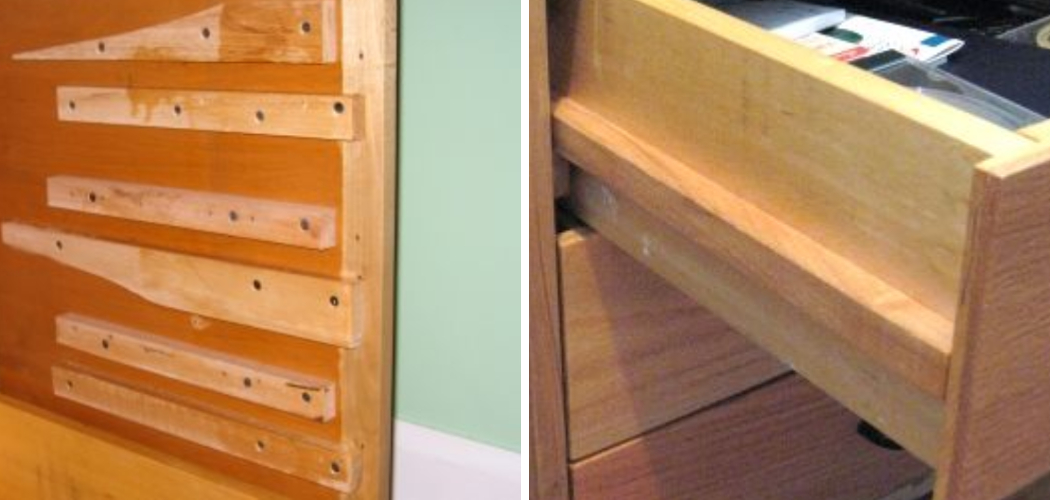Making wood slide smoothly on wood is essential for various woodworking projects, from constructing furniture with drawers to creating sliding doors or movable shelves. Achieving this can significantly enhance the functionality and longevity of the piece. Wood-on-wood friction can cause wear and tear, hinder smooth movement, and potentially damage the surfaces. To address this, several techniques can be employed to reduce friction and ensure seamless sliding.
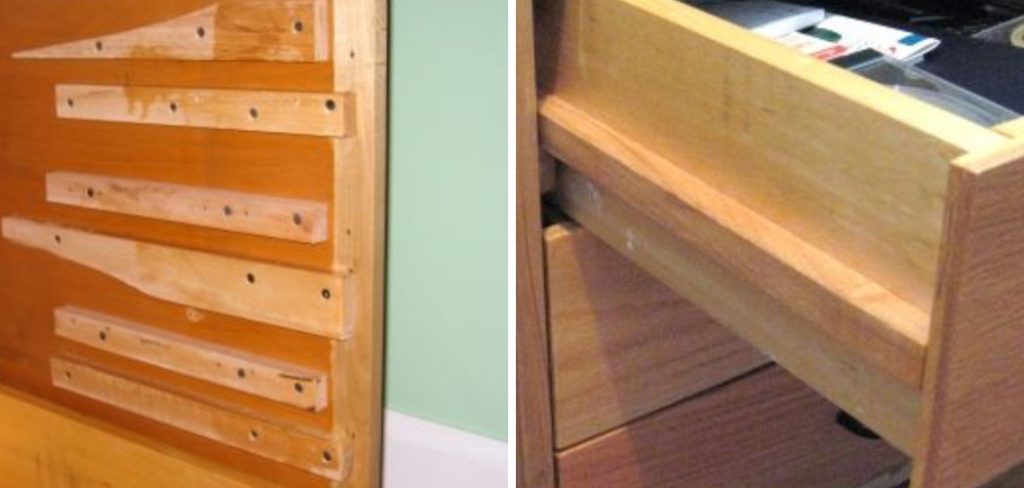
These include applying appropriate lubricants like beeswax or silicone sprays, using materials like nylon tape or UHMW (ultra-high molecular weight) plastic strips, and ensuring precise construction and alignment of the sliding components. This article will delve into how to make wood slide on wood, providing detailed steps on how to prepare the wood surfaces, select the best lubricants or materials, and properly apply them for optimal results. By following these guidelines, you can achieve effortless sliding action, enhancing both the usability and durability of your wooden creations.
Understanding Wood-on-Wood Sliding
Before diving into the practical steps, it’s important to understand the principles behind wood-on-wood sliding. The friction between two wooden surfaces can significantly affect their ability to slide against each other. Friction is influenced by several factors, including the roughness of the surfaces, the type of wood, and the presence of any coatings or finishes. Hardwoods like oak or maple, which have tight, dense grain structures, tend to create less friction compared to softer woods such as pine or cedar. Additionally, the moisture content of the wood can play a role; wood that is too dry or too moist can either swell or shrink, causing binding or gaps.
Moreover, the angle of contact and pressure applied during movement are crucial. Ensuring that sliding components are perfectly aligned and constructed to minimize contact area can dramatically reduce friction. Utilizing tools to smooth and finish the surfaces properly cannot be overstated. Sanding the wood to a fine grit and applying specific treatments can create a smoother interface, allowing for easier movement. Understanding these aspects is fundamental to effectively reducing friction and achieving the desired sliding motion in your woodworking projects.
10 Methods How to Make Wood Slide on Wood
1. Waxing the Wood
One of the simplest and most effective methods to make wood slide on wood is by applying wax. Wax creates a smooth, friction-reducing surface that allows wooden parts to move more easily against each other. You can use furniture wax, beeswax, or even paraffin wax. To apply, first ensure that the surfaces are clean and dry. Rub the wax directly onto the wooden surface, covering all areas where the wood pieces will contact. Buff the wax with a soft cloth to remove excess and to create a polished finish. Reapply as necessary to maintain the sliding ease. This method is particularly useful for wooden drawers, sliding doors, and other furniture components that require frequent movement.
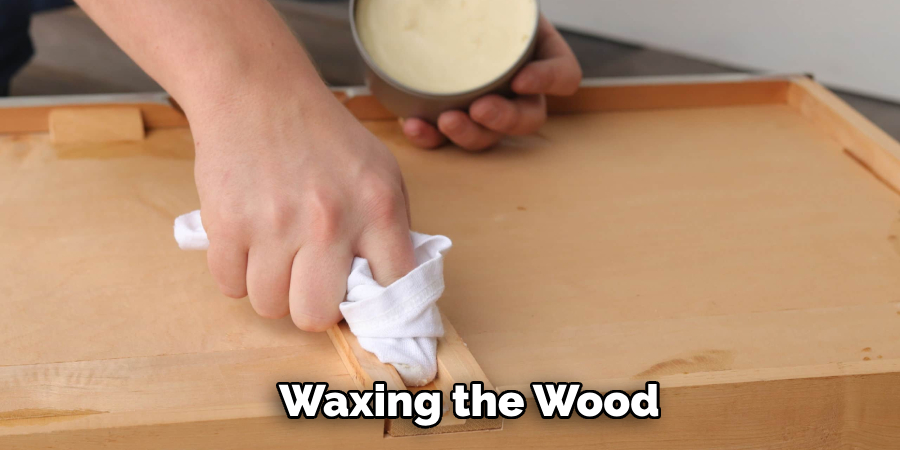
2. Applying Soap
Using soap is another traditional method for reducing friction between wooden surfaces. A bar of dry soap, such as a pure castile soap or an unscented soap bar, can be rubbed directly onto the wood. The soap acts as a lubricant, filling in the microscopic gaps and irregularities on the wood’s surface, thus reducing friction. This method is often employed for old wooden drawers and sliding mechanisms that have become sticky over time. Ensure the soap is evenly applied and covers all contact points. This technique is straightforward and can be easily reapplied whenever needed to maintain smooth operation.
3. Using a Silicone Spray
Silicone sprays are a modern solution to making wood slide on wood more effortlessly. These sprays create a thin, slick coating that reduces friction and prevents sticking. To apply, clean the wooden surfaces thoroughly and ensure they are dry. Spray a light, even coat of silicone lubricant on the areas where the wood will slide. Allow the spray to dry completely before using the wood pieces. Silicone sprays are particularly effective for heavy-duty applications where significant force is involved, such as sliding closet doors or large wooden panels. They also offer the benefit of being long-lasting and resistant to dust and dirt accumulation.
4. Installing Nylon or Plastic Glides
For a more permanent solution, consider installing nylon or plastic glides on the wooden surfaces. These glides can be attached to the bottom of furniture legs, drawer bottoms, or any other sliding components. Nylon and plastic materials have a naturally low friction coefficient, making them ideal for facilitating smooth movement. To install, measure and cut the glides to fit the required areas, then attach them using screws or adhesive, depending on the product specifications. This method not only makes the wood slide more easily but also protects the wood from wear and tear over time.
5. Adding Felt Pads
Felt pads are commonly used to protect floors from scratches caused by furniture, but they can also be used to make wood slide on wood. These pads create a soft, friction-reducing barrier between wooden surfaces. To use felt pads, clean the wood surfaces and ensure they are dry. Peel off the adhesive backing of the felt pads and stick them to the areas where the wood will slide. This method is particularly useful for lighter furniture or objects that are moved frequently. Felt pads can be found in various sizes and shapes, making them versatile for different applications.
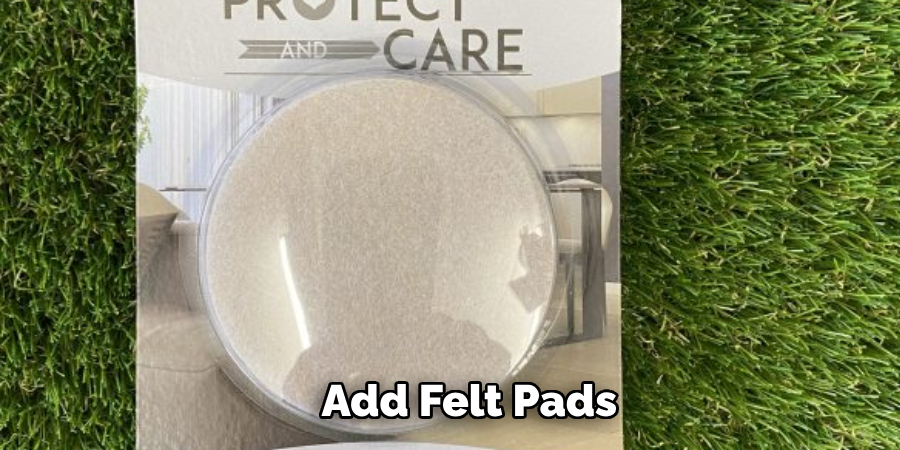
6. Applying Graphite Powder
Graphite powder is a dry lubricant that can significantly reduce friction between wooden surfaces. It is especially useful for applications where liquid lubricants are not desirable. To apply graphite powder, first clean the surfaces and ensure they are dry. Sprinkle a small amount of graphite powder onto the areas where the wood will slide, then spread it evenly with a soft cloth or brush. The fine particles of graphite create a slick surface that allows the wood to move smoothly. This method is particularly effective for tight-fitting joints, sliding mechanisms, and wooden tracks.
7. Using Candle Wax
Candle wax is another convenient and readily available option for making wood slide on wood. Simply take an unlit candle and rub it over the areas where the wood pieces will contact. The wax will create a thin, slippery layer that reduces friction. This method works well for drawers, sliding panels, and other furniture parts. Candle wax can be reapplied easily as needed, making it a practical solution for maintaining smooth movement. Additionally, candle wax can be used in combination with other lubricants for enhanced performance.
8. Sanding and Smoothing the Wood
Sometimes, the issue with wood sliding on wood is due to rough or uneven surfaces. Sanding and smoothing the wood can significantly reduce friction and improve sliding. Start by using coarse-grit sandpaper to remove any rough spots, then gradually move to finer grits to achieve a smooth finish. Pay special attention to the areas where the wood pieces will make contact. After sanding, clean the surfaces to remove any dust and debris. This method can be combined with other lubricants, such as wax or silicone spray, for even better results. Smoothing the wood not only improves sliding but also enhances the overall appearance and feel of the furniture.
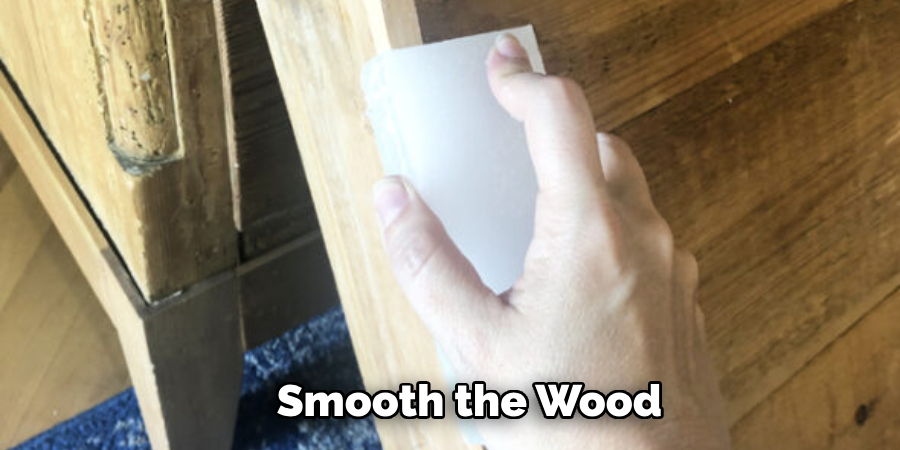
9. Applying a Varnish or Polyurethane Finish
Applying a varnish or polyurethane finish to the wood can create a hard, smooth surface that facilitates easier sliding. These finishes fill in the wood’s pores and create a slick coating that reduces friction. To apply, clean and sand the wood surfaces as needed, then apply the varnish or polyurethane with a brush or spray, following the manufacturer’s instructions. Allow the finish to dry completely, then sand lightly with fine-grit sandpaper and apply additional coats as needed. This method is particularly effective for high-traffic areas or furniture that requires frequent movement. A durable finish not only improves sliding but also protects the wood from damage and wear.
10. Using Drawer Slides or Tracks
For a more mechanical solution, installing drawer slides or tracks can make wood slide on wood with minimal effort. These components are designed to facilitate smooth movement and can be installed on drawers, cabinet doors, and other sliding parts. There are various types of drawer slides, including side-mounted, bottom-mounted, and center-mounted options. Choose the type that best suits your furniture design and installation needs. To install, measure and mark the placement of the slides or tracks, then attach them using screws or brackets as required. This method not only ensures smooth sliding but also adds stability and support to the furniture, enhancing its functionality and longevity.
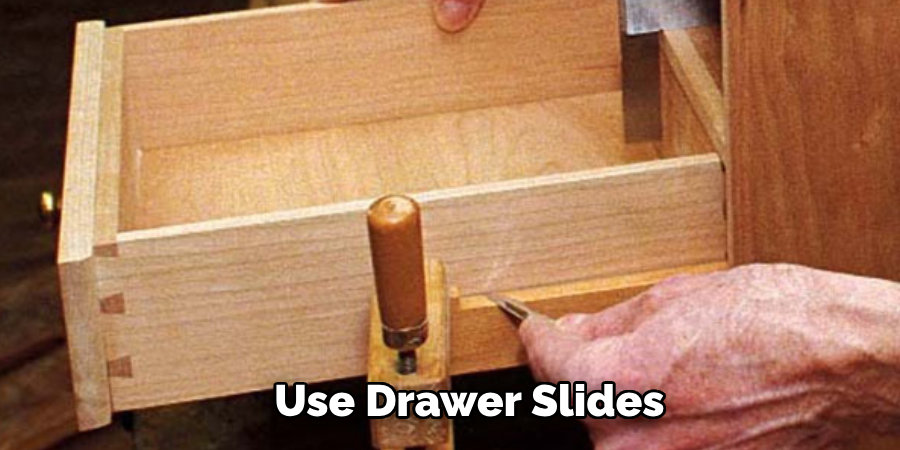
Conclusion
Achieving smooth and effortless movement between wooden surfaces can significantly improve the functionality and longevity of your furniture. Whether you choose quick fixes like silicone spray or candle wax, or more permanent solutions like installing glides or drawer slides, each method offers unique benefits suited to different needs. Regular maintenance, such as cleaning and occasional reapplication of lubricants or finishes, can enhance the effectiveness of these methods over time. Thanks for reading, and we hope this has given you some inspiration on how to make wood slide on wood!
